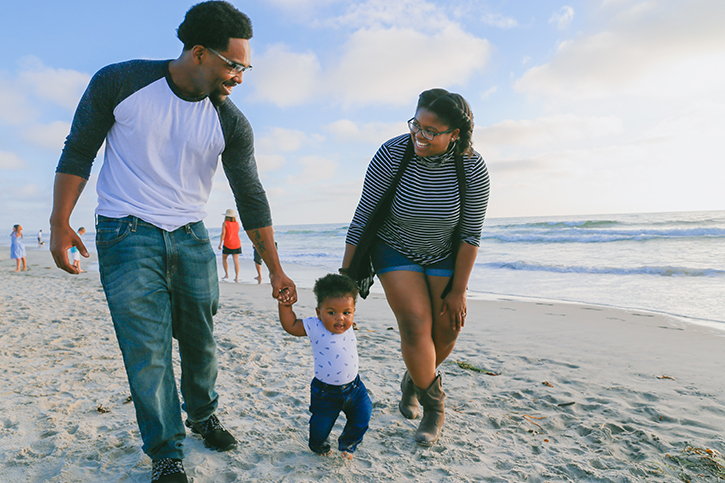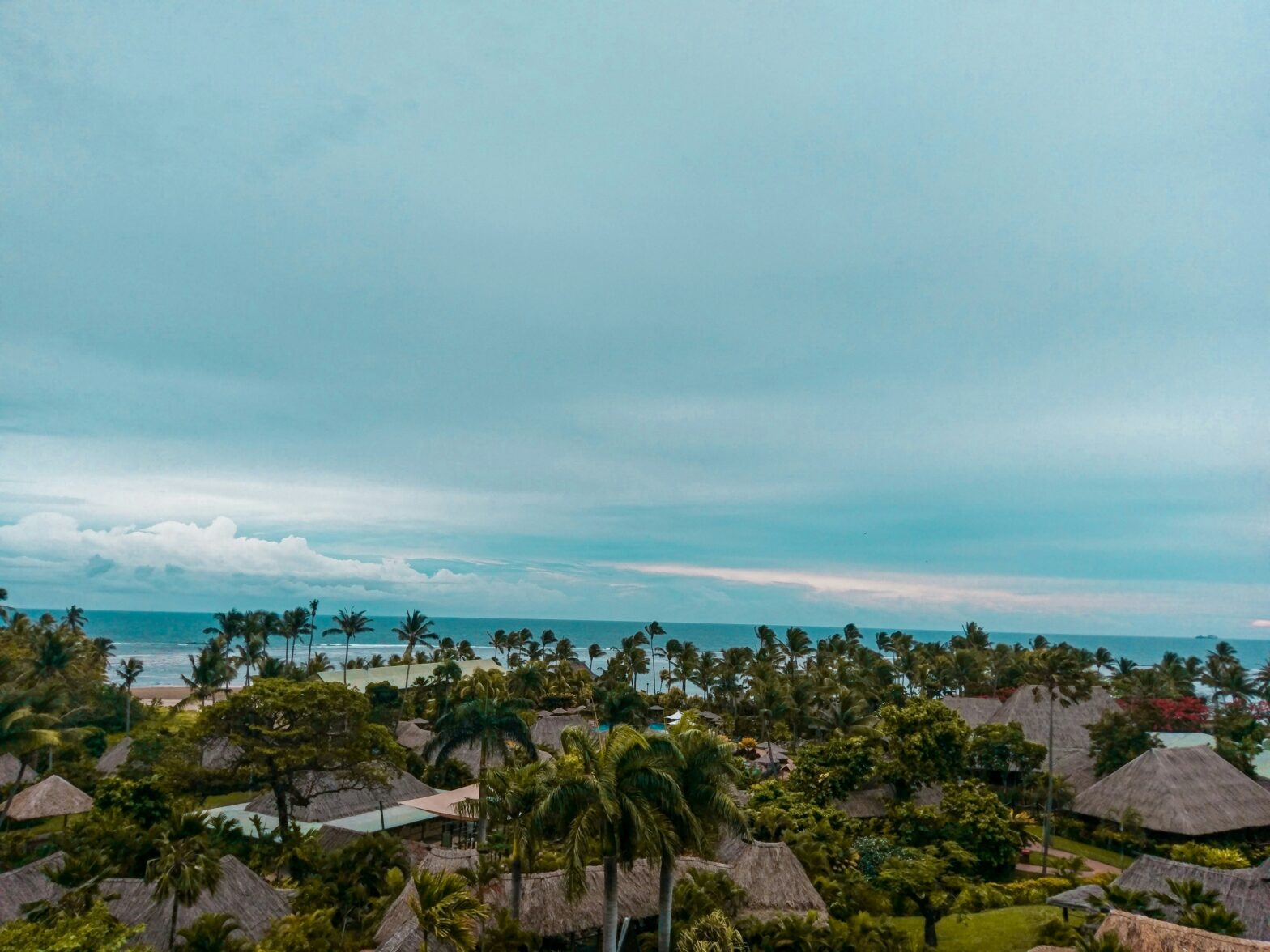Parents who are breastfeeding or providing expressed breast milk to their babies may be curious about the logistics of flying with breast milk. With travel gradually resuming, new parents are among those most eager to travel to see family or simply get away for a much-needed vacay.
Here are some tips from lactation consultant Aimbriel C. Lasley to clarify the rules of flying with breast milk and make traveling with it easier.
Many new parents are unsure how much breast milk is allowed to travel with them on the plane. According to Aimbirel, breast milk does not adhere to the same rules as other liquids.
“Breast milk can surpass the 3.4-ounce limit, but be prepared for additional screening,” Lasley told Travel Noire. “This means you should arrive at the airport early and anticipate taking a few extra minutes to get through security. Also, you do not need to store everything in quart-sized bags. The milk storage bags or bottles that you normally use will suffice.”
Along with breastmilk, parents are allowed to bring any coolers and ice packs required to transport it, and milk can be safely stored in these containers for up to 24 hours. Also, your baby does not need to be traveling with you in order for you be able to travel with breastmilk. You can transport the milk with or without having your baby with you.
TSA agents may attempt to X-ray screen your milk. According to the FDA, there is no danger in feeding your baby breastmilk that has been X-rayed, however Aimbirel says you have the right to decline this scan if you want to.
“You do not have to agree to have your milk X-rayed. However, this may add time on to your security check as they may need to perform additional screening of you, such as a pat down and additional screening of your carry on bags.”
Aimbriel recommends breastfeeding your baby upon take off and landing. During these times, she says, the suckling provides ear support to your baby that can help them experience less or no pain during pressure changes. If your baby is not ready to nurse or have a feeding, a pacifier would be helpful.
“Try having a wrap or carrier as you walk through the airport and be ready to strap in during landing. This will help with exiting the plane and having the baby settled with you. Lastly, do what you do best, which is engage your baby!”
“Breastfeed when they’re showing cues of being hungry and be prepared. Your baby will respond to your energy so try to stay relaxed and calm while traveling. Double check that you have what you need and always arrive at the airport early to ensure you get to your destination safely and on time.”
Aimbriel C. Lasley is a native of Indianapolis. She is a Lactation Consultant (IBCLC) and also holds a Master’s degree in Health and Wellness Counseling. She is married and has four children with a set of twins included in the bunch. Aimbriel is very passionate about maternal and child health, and health outcomes in the Black community. She is committed to serving her community by raising breastfeeding rates and decreasing disparities in our maternal health practices. Aimbriel enjoys spending time with her family and friends, exercising, exploring new places, and is dedicated to being a lifelong learner.
For more information on Aimbriel’s services or for lactation support, visit HolisticLactationCare.com or contact her via her Instagram or Facebook pages.
Related: Transportation Officials Want Babies To Have Their Own Seat On Planes





